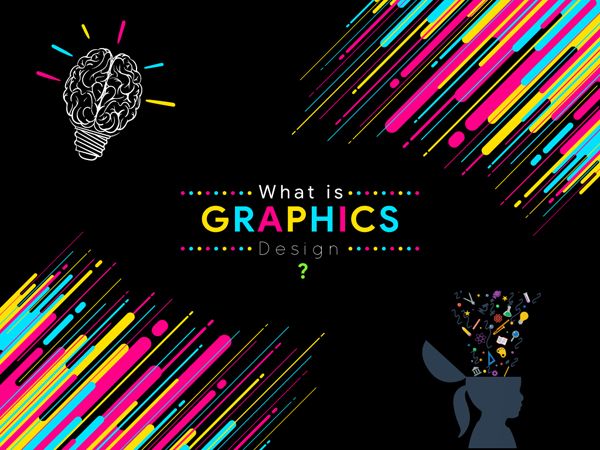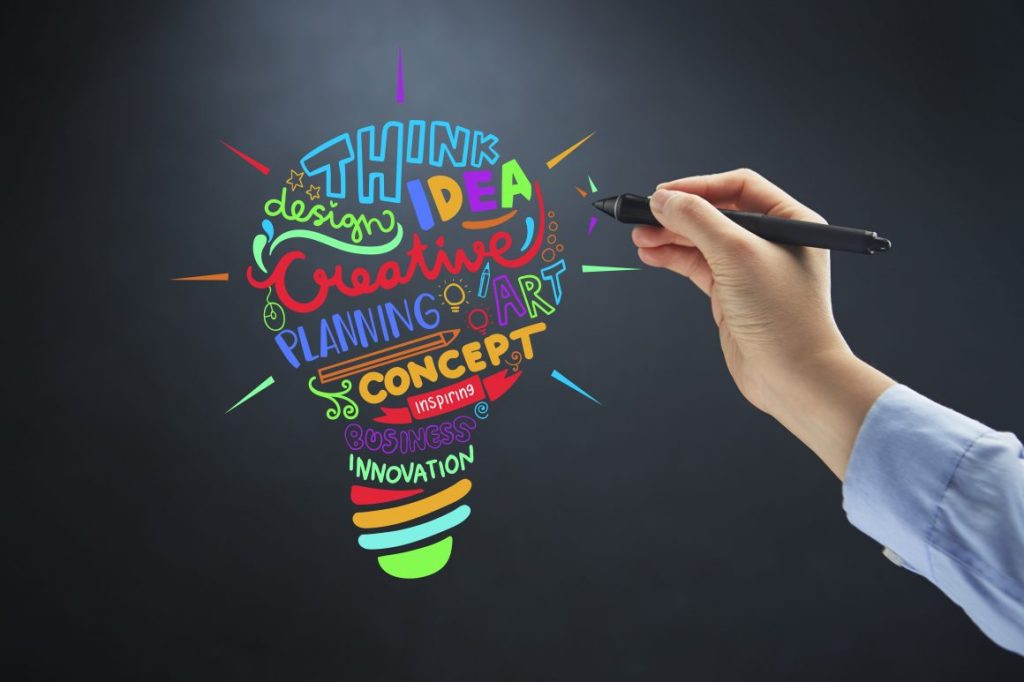What Is Graphic Design?
Graphic designing for websites involves crafting visually appealing and user-friendly digital assets such as layouts, icons, images, and typography to enhance the aesthetic appeal, usability, and overall user experience of a website. It encompasses creating engaging visuals that effectively convey brand identity, communicate information efficiently, and guide visitors through the site seamlessly. Through strategic use of color, imagery, and layout, graphic designers for websites aim to capture audience attention, evoke emotions, and drive user engagement, ultimately contributing to the success and effectiveness of the online platform.

Key Points Of Graphic Designing
Visual Communication: Graphic design is primarily about communicating ideas, messages, and information visually. It involves using various visual elements such as typography, images, colors, and layouts to convey concepts effectively.
Brand Identity: Graphic designers play a crucial role in shaping and maintaining a brand’s identity. They create visual assets that reflect the brand’s personality, values, and objectives, helping to establish a consistent and recognizable brand image across different platforms.
User Experience (UX) Design: In the context of digital design, graphic designers focus on enhancing the user experience (UX) of websites, apps, and other digital platforms. They strive to create intuitive interfaces and engaging visual experiences that make it easy for users to navigate and interact with the content.
Aesthetic Appeal: One of the primary goals of graphic design is to make things look visually appealing. Designers use principles of design such as balance, contrast, alignment, and hierarchy to create compositions that are aesthetically pleasing and visually harmonious.
Information Hierarchy: Graphic designers help organize and prioritize information by establishing clear hierarchies within a design. They use visual cues such as size, color, and typography to guide users’ attention and make it easier for them to digest and understand the content.
Cross-Platform Compatibility: With the proliferation of devices and screen sizes, graphic designers need to consider cross-platform compatibility when creating digital designs. They ensure that designs are responsive and adaptable to different devices and screen resolutions, maintaining consistency and usability across various platforms.
Creative Problem Solving: Graphic design often involves solving complex visual problems creatively. Designers must think critically and innovatively to come up with effective solutions that meet the project requirements and achieve the desired outcomes.
Technical Proficiency: Along with creativity, graphic designers need to have a strong understanding of design software tools and technologies. They should be proficient in software such as Adobe Photoshop, Illustrator, and InDesign, as well as have knowledge of coding languages like HTML and CSS for web design projects.
Collaboration: Graphic designers often work closely with other professionals such as marketers, copywriters, and web developers to bring projects to fruition. Collaboration and effective communication are essential for ensuring that the design aligns with the overall goals and objectives of the project.
Continuous Learning and Adaptation: The field of graphic design is constantly evolving, with new trends, technologies, and techniques emerging regularly. Graphic designers need to stay updated with the latest developments in the industry and be willing to adapt their skills and approaches to meet evolving demands and preferences.
These key points highlight the multifaceted nature of graphic design and its importance in creating impactful visual experiences across various mediums and platforms.



